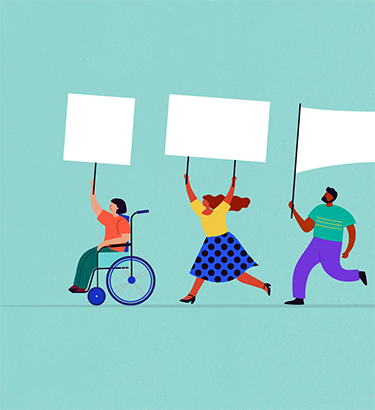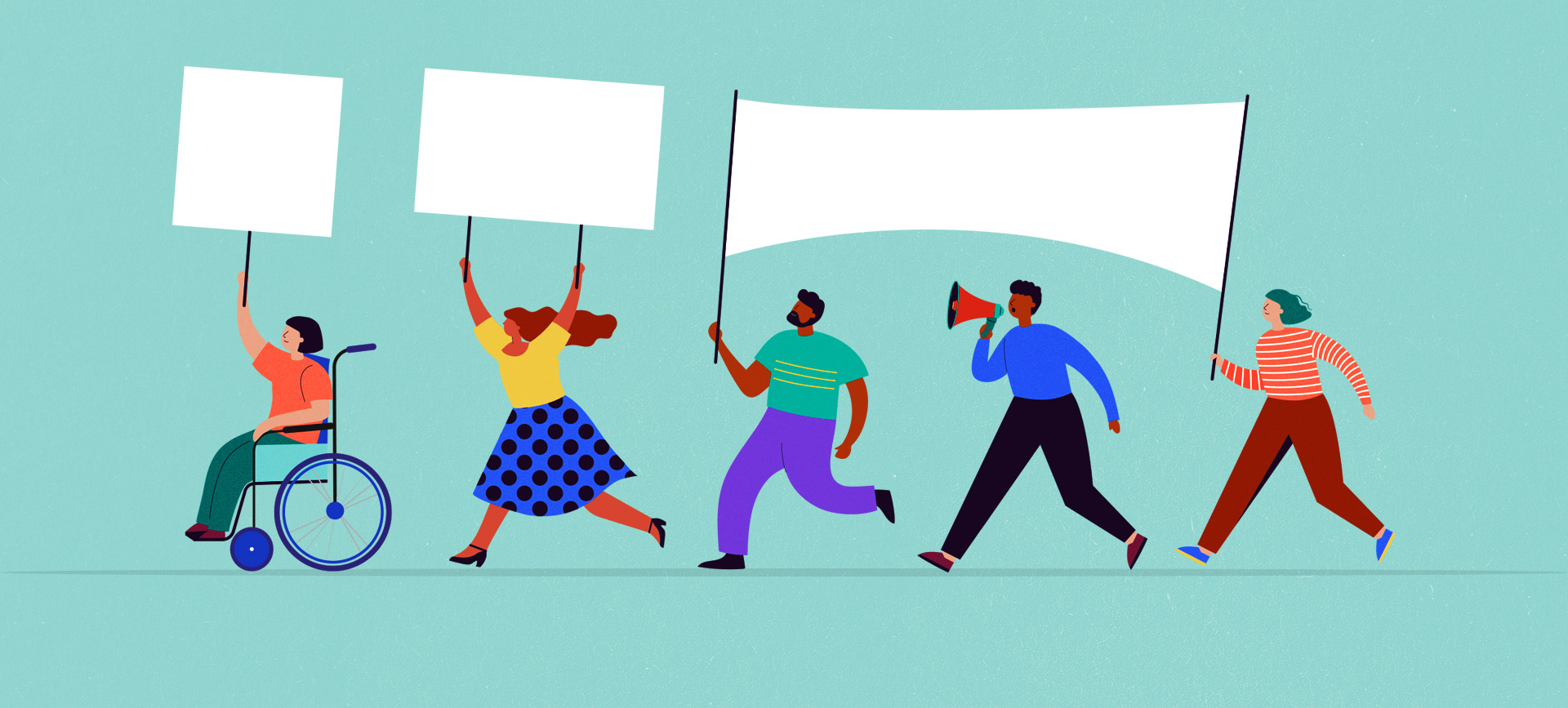People with disabilities have been stigmatized and subject to atrocities since antiquity, beginning with an association with curses and diseases. In ancient Rome and Greece, babies born with disabilities were routinely killed or later abandoned in the woods, their feet tied together to prevent them from walking out of the woods and being adopted by a passerby. Greeks who became disabled later in life became beggars, while ancient Romans with mental illness were denied basic citizen's rights, such as getting married and managing property and assets.
Middle Ages society wasn't much better. Influenced by Christian principles, the able-bodied viewed disability as a punishment from God. Cast as sinners, people with disabilities were sometimes treated with methods such as exorcism, prayer, incantations or even torture and starvation in an attempt to rid the body of the devil.
During the great witch hunts between 1480 and 1680, between 8 million and 20 million people were executed as witches in Europe. Most of those targeted were women and a good portion had disabilities, disfigurement or mental illness. A justice of the peace, Reginald Scot, described women targeted as witches "as commonly old, lame, blear-eyed...lean and deformed and showing melancholy in their faces."











